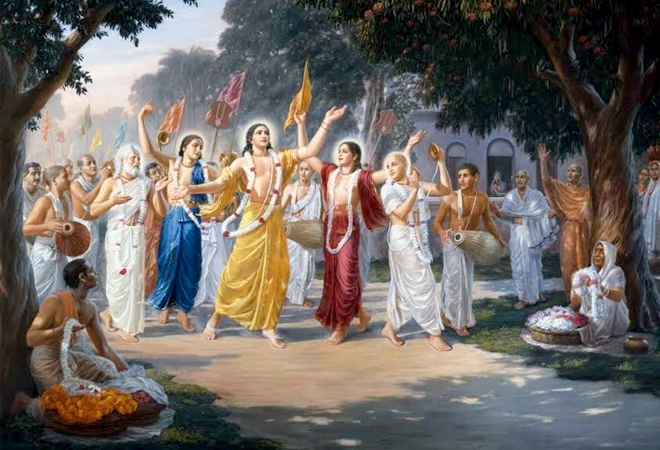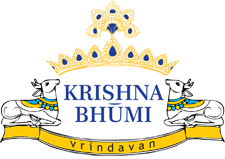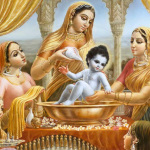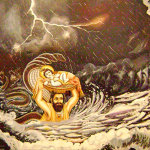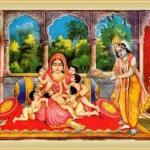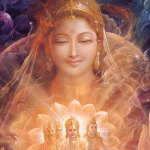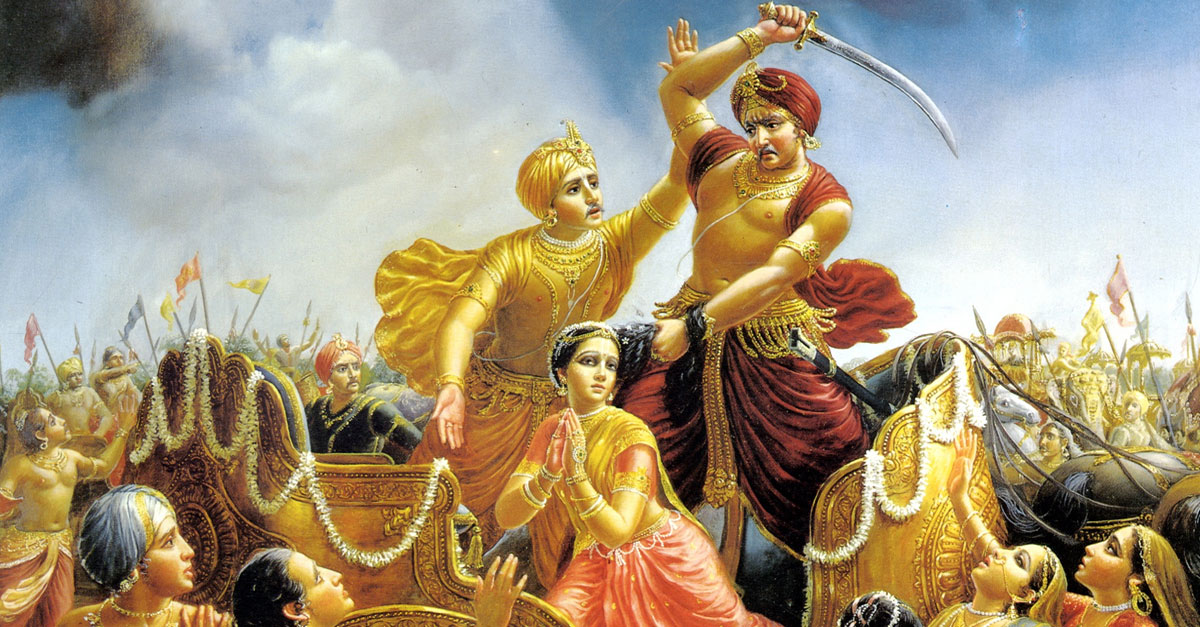Hinduism is a religion that is not limited to one God. In fact, we have a great pantheon of Gods. Every part of India worships a different deity. Having said that however, the presence of certain figures in our pantheon who unite this diverse nation also cannot be denied. Lord Krishna is one such deity. People from all over the country unite in showering him with love and devotion. Those who have given themselves over to the ecstasy of Krishna worship believe that the Universe is based on the concept of ‘lila’ or ‘divine play’. It is widely known that both Krishna and Rama are avatars of Vishnu. However, while Krishna always believed in expressing his personal love by rising above the boundaries of formal reverence, Rama was known as the epitome of ‘maryada’.
The Bhakti Movement emerged in the medieval period of Hinduism. The point of origin was 7th century Kerala and Tamil Nadu. In the 15th century, this movement started moving towards the east and the north. It peaked between the 15th and the 17th century.
The Bhakti movement encompassed many gods and goddesses. One of these gods was Vishnu. Although Vishnu has many avatars, the believers of the bhakti movement who believed in Vishnu, or the vaishnavas, as they are called, believed Krishna to be the most superior manifestation of Vishnu.
Due to the Bhakti movement, many devotees started feeling like they had an individualistic and personal relationship with Lord Krishna. Perhaps the most cherished Bhakti saint is Meerbai, who considered Lord Krishna to be her lover and husband. Meerabai’s poetry that accentuates her relationship with Krishna and sometimes even hearkens to the relationship that existed between Krishna and Radha, are popular even today.